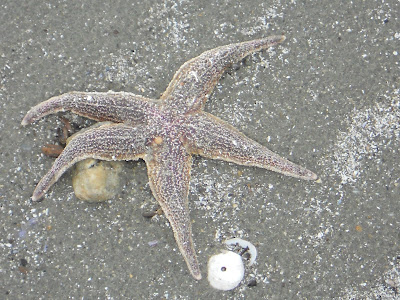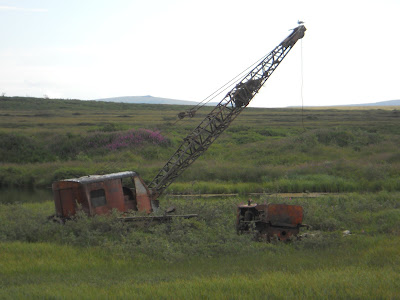




Sorry for the blog delay. I have gotten lazy since starting my vacation in the Anchorage area with Denise.



































Muskoxen are social and live in herds, usually of around 10–20 animals, but sometimes over 70. Winter herds consist of adults of both sexes as well as young animals. During the mating season, which peaks in mid-August, males compete for dominance, and one dominant bull drives other adult males out of the group. Non-breeding males will often form male only herds of 3-10 or wander the tundra alone. During this period all males are extremely aggressive. Bulls will even charge birds if they are close by.
The muskox, or its ancestor, is believed to have migrated to North America between 200,000 and 90,000 years ago, during the Pleistocene period, when it was a contemporary of the woolly mammoth. It is thought that the muskox was able to survive the last ice age (Wisconsin glaciation) by finding ice-free areas away from prehistoric peoples. The muskox gradually moved across North America and arrived in Greenland during the late Holocene.Muskoxen have a distinctive defensive behavior: when the herd is threatened, the bulls and cows will face outward to form a stationary ring or semicircle around the calves. This is an effective defense against predators such as wolves, but makes them an easy target for human hunters. Besides wolves and humans, the only natural predators of muskoxen are the grizzly (brown) bear and polar bear.










